How art and cultural education can create fantastic futures for 16-25 year olds with SEND
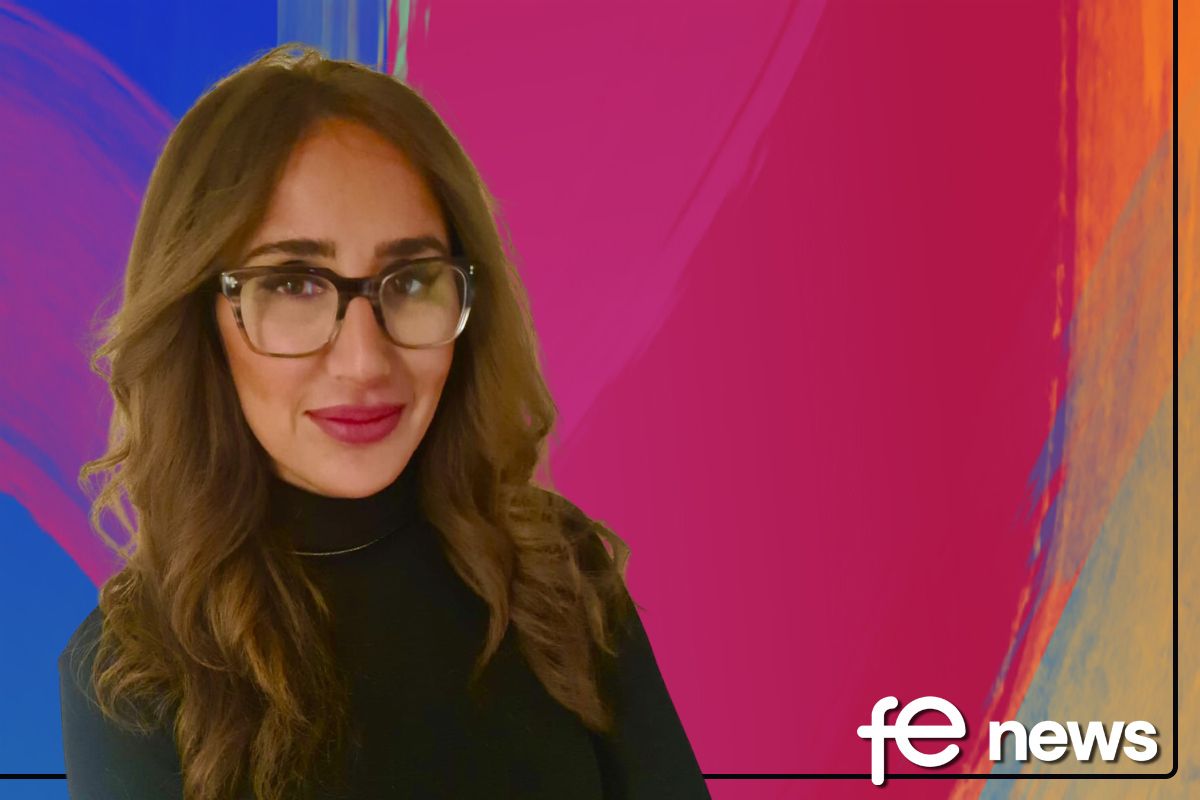
Young people with SEND face an uncertain future, as they reach adulthood. But studying art, particularly in museums, galleries and other cultural settings, can greatly enhance their engagement with learning, help them gain qualifications and massively boost their life and career prospects.
Young people with SEND are among society’s most marginalised groups. Many of them experience poor educational outcomes, unemployment and isolation. But I believe studying creative subjects in cultural contexts can change their lives in ways they might not have thought possible.
Just over 8% of pupils with a government education, health and care plan (EHC) or SEN statement progress to higher education by the age of 19. Fewer than three in ten autistic adults are in work. These figures could be significantly improved if more neurodivergent young people focused on the critical thinking and problem solving art and creativity requires. This should be coupled with a learning environment that rejects the standard offer, recognising the traumatic experiences that a standard classroom can produce. A setting that is looking outward to the richness that every town and city in the UK displays within its cultural organisations and associations.
Pinc College’s art-and-design-based learning programme for 16-25-year-olds, last year enabled more than 150 young people to gain qualifications, up to and including A Level. With 13 Campuses across the UK, learning takes place in affiliated museums and galleries, and students also have work placements within local cultural and creative organisations. English, maths, PSD and work experience, are embedded in courses and students develop confidence and skills for progression into the workplace and adult life, such as improved communication.
Young people across the UK could benefit from similar specialist routes.
The potential and pedagogical design to promote inclusive education practices and maximise the wellbeing, participation and engagement of neurodivergent students is often overlooked. Art and design programmes allow neurodivergent and other SEND young people to explore creative and practical skills further, while supporting wellbeing and mental health.
I encourage educators across all roles, to harness their local assets within the cultural sector to enrich learning and engage students who may be struggling. Galleries and museums are truly alternative learning environments that are more relaxing, safer places for many neurodivergent students. Students are less afraid of expressing themselves than they are in noisy, busy mainstream classrooms or training courses. This increases their confidence as young adults, making them better able to build relationships and improve communication skills. Build partnerships and take students outside of the school or college building to enable these adventures!
With real world experiences, students gain an insight into the wide range of career pathways in the cultural sector. Working alongside museum and art gallery staff, they can learn about roles such as curator and museum visitor assistant, raising aspirations and supporting progression.
The UK education system is not sufficiently harnessing its local places and spaces, such as galleries, for asset based learning experiences.
With a national mental health crisis among young UK adults with SEND, there are few options for those with anxiety to continue to study without attending mainstream schools. Art and creativity are the places to start for reengagement of those who have not thrived in education for some time.
We strongly feel inclusion is innately happening through the peripheral and experiential, when a college works alongside a museum or gallery. Leading this initiative has seen many challenges, not least around the notion of learning outside a traditional school building. But feedback from staff team members supports an emancipatory feeling. Parental feedback echoes marked changes in wellbeing.
It is now both a challenge and an opportunity for us as college leaders, to reconsider the space external to our settings. Those local “gems” just waiting to be explored.
There is a requirement to rethink on a macro and micro level. The basis for the concept being taken from research around student voice and through my own lived experiences as a teacher in mainstream education really helped to connect it with the staff team. It aided new initiatives and new partnerships being embraced, trusted, supported and nurtured.
Authenticity and empathy certainly have gone a long way in creating a positive culture for partnerships at the college. Promoting a culture of supporting, sharing good practice, quality assuring and developing a sense of community between ourselves and cultural sector partners is beginning to develop a national network, a community for learning.
Reach out and encourage your teams to do the same!
I have found reciprocity and consensus from our staff team and teachers, who have previously found approaches to learning in mainstream/traditional settings and courses convergent, prescriptive and stifling – the operational focuses of a “factory” system.
Teachers and leaders have only been allowed to operate within the parameters and possibilities of that building, secluded from the real world, where viewpoints can become skewed and values diluted in the day to day.
A collaborative education within society awaits, stimulating and led by social thinking, if leaders can look outside the walls of their school building for a localised and democratic curriculum offer, pedagogy and environment.
By Lisa Alberti, Chief Executive of Pinc College, specialist art college for neurodiverse students

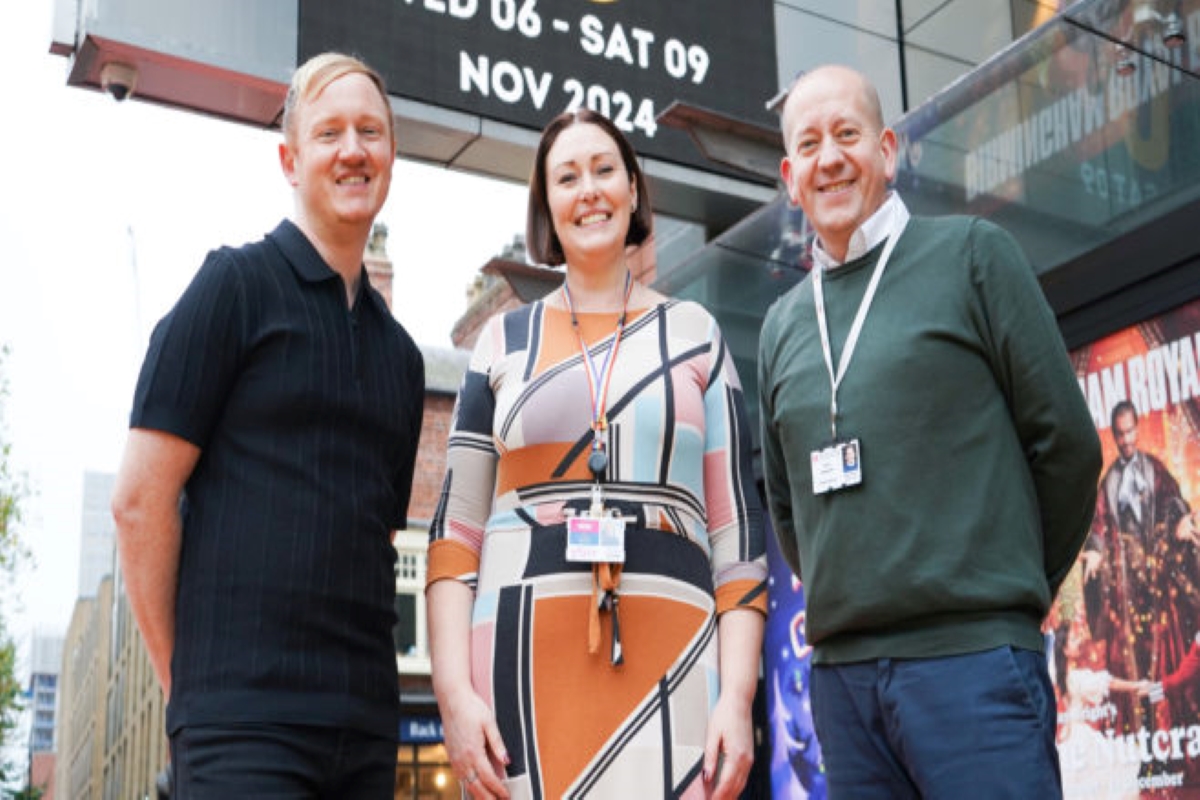
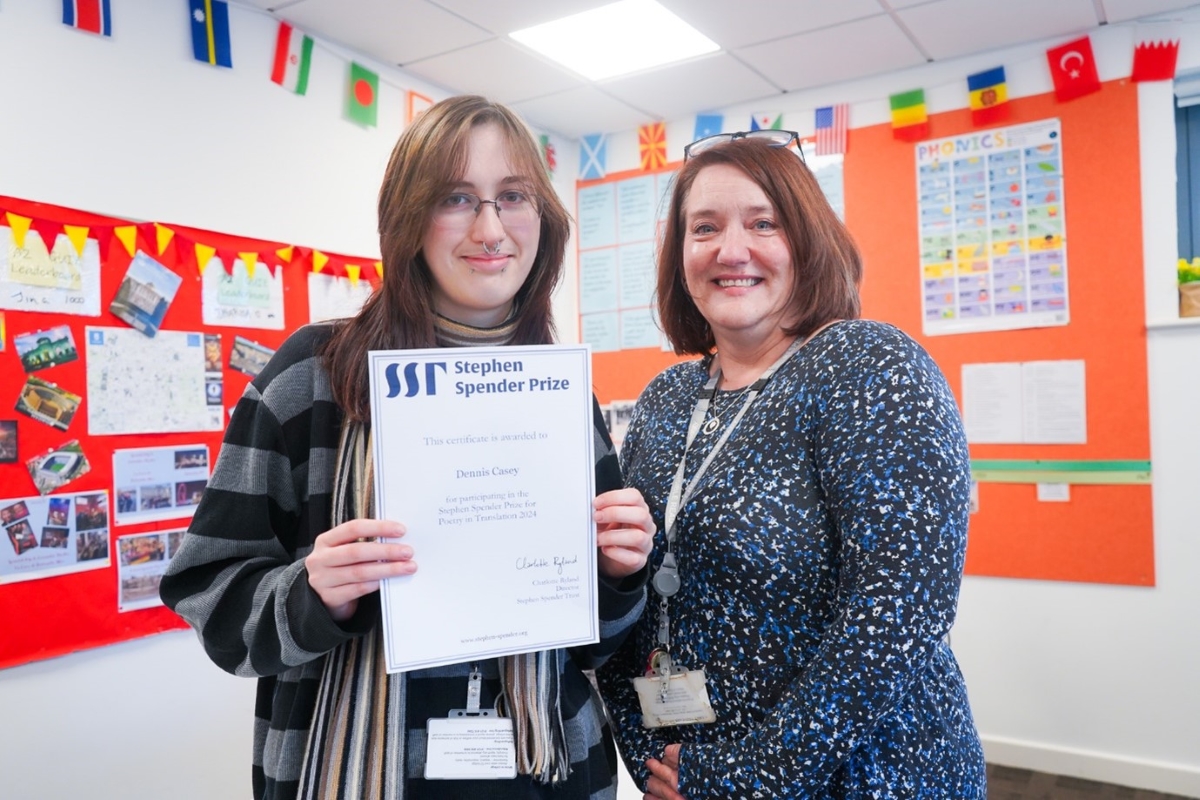
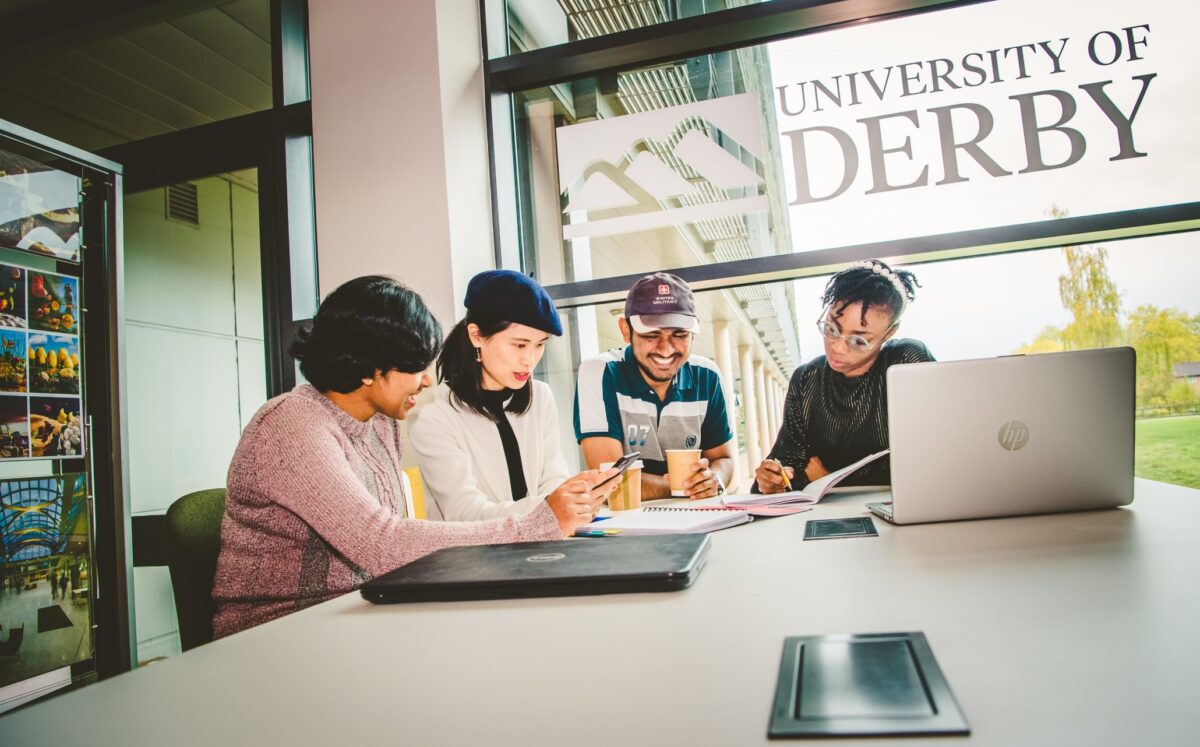

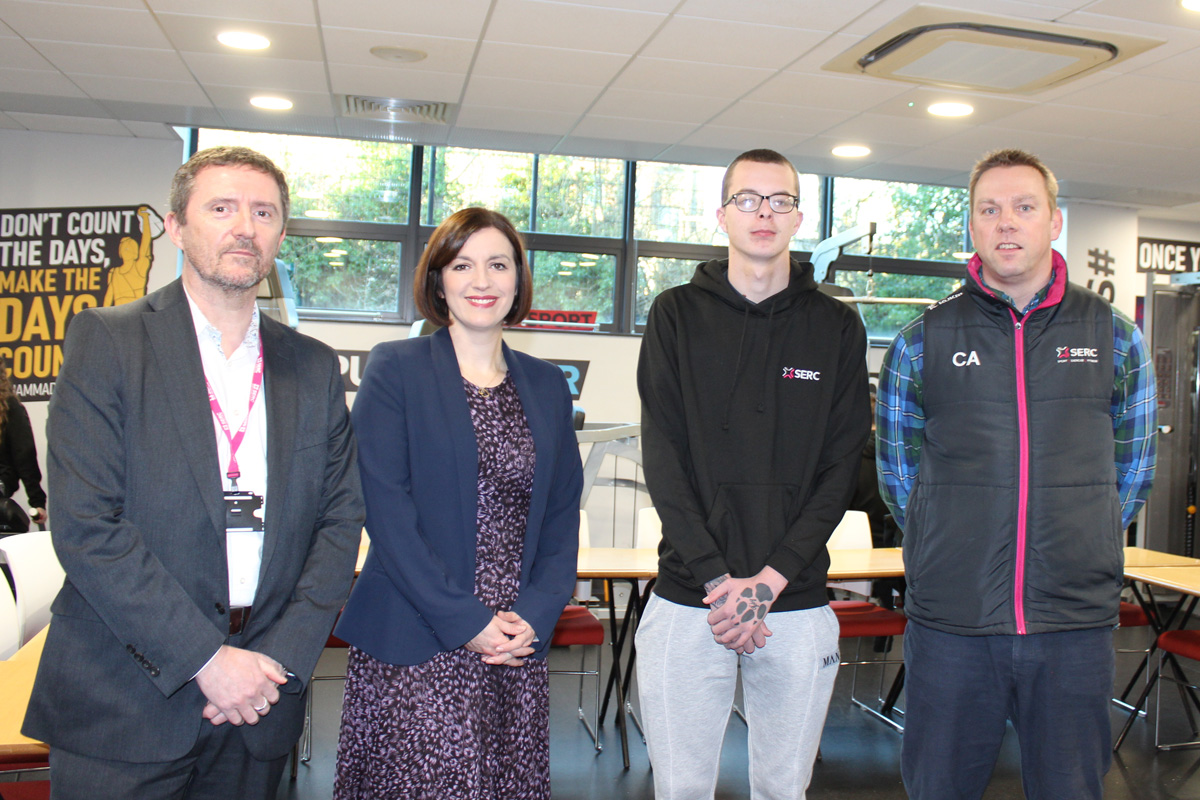
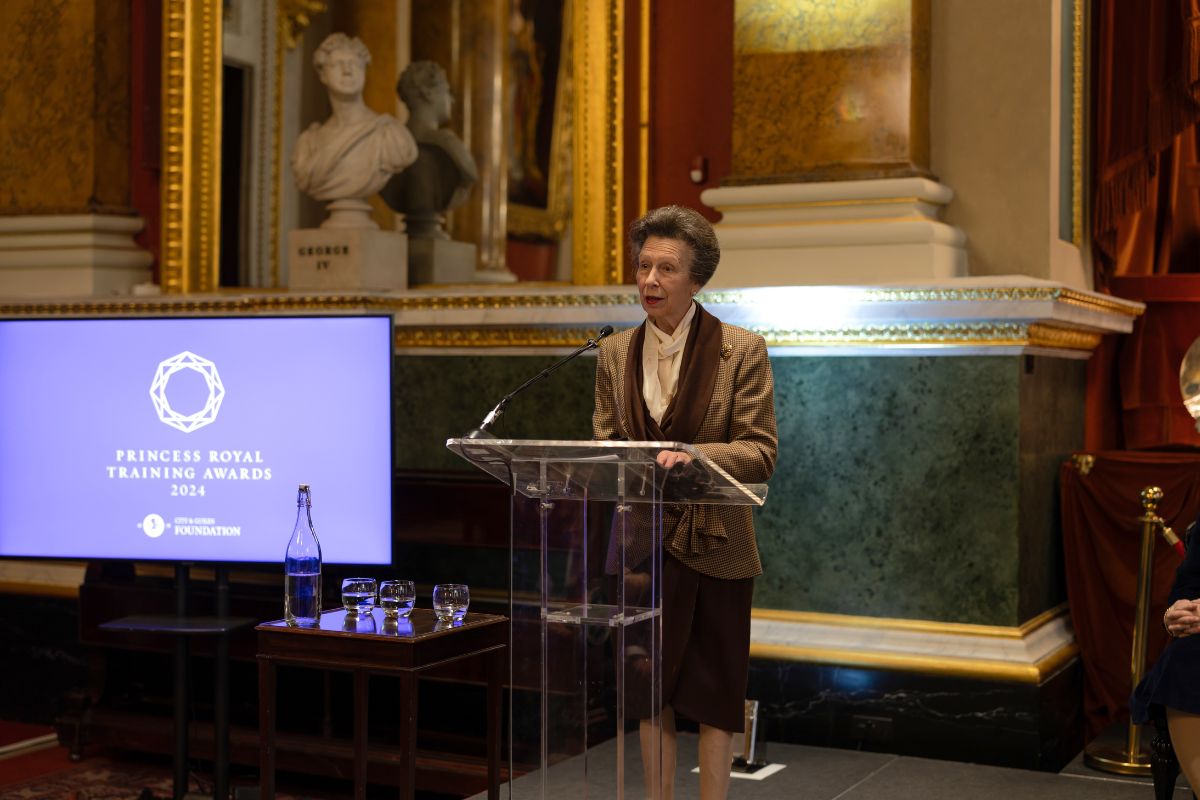
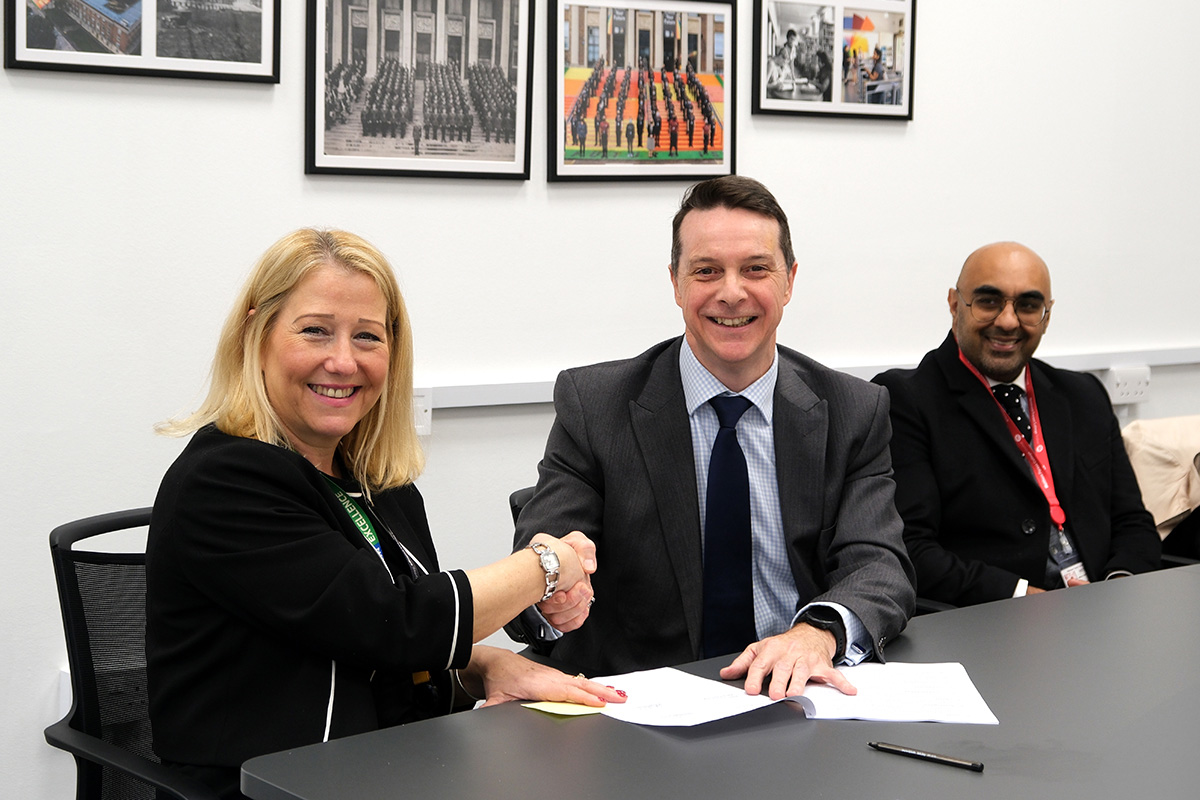
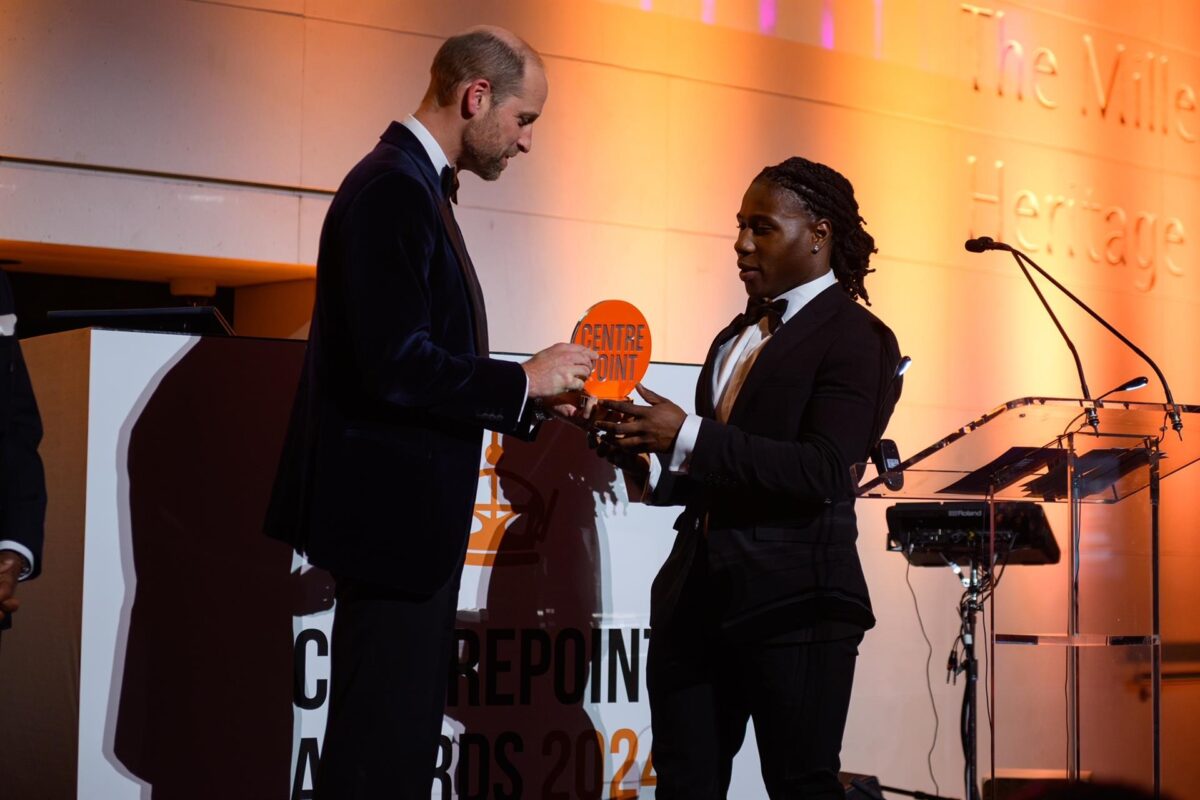


Responses